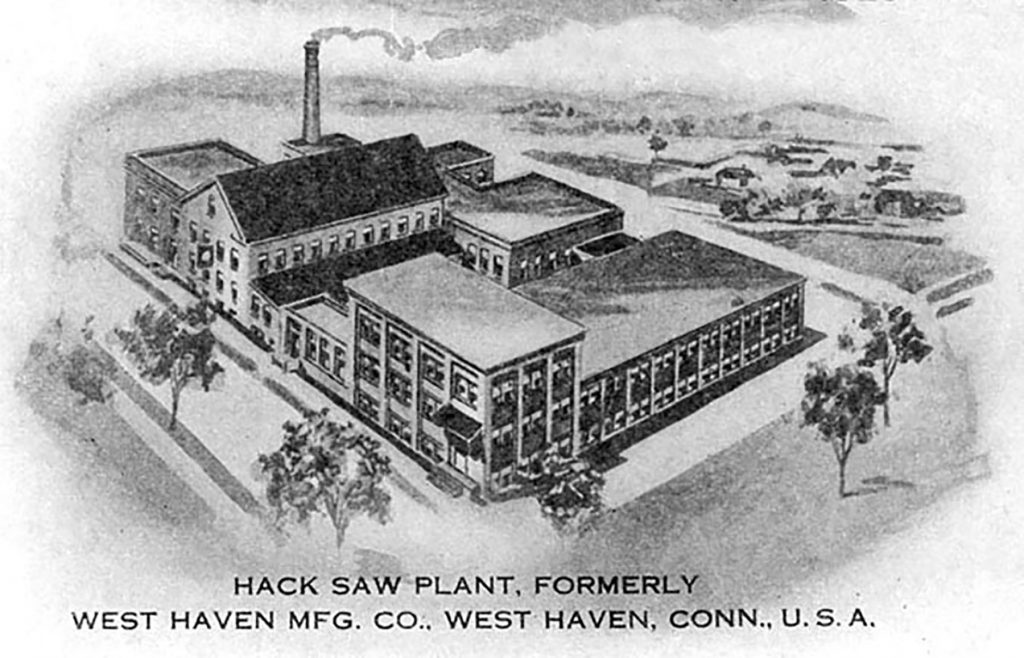By Dan Shine
Voice Columnist

The Settling of Kelsey Hill
Part I
See Part 2
When the first white settlers arrived in the area presently known as West Haven, they found broad marshes that were bordered by what the mariners of that era referred to as “Ye Round Hills.” Those hills were what we know today as Kelsey Hill, Jones Hill and Marsh Hill.
The land lying between Kelsey Hill and First Avenue was mostly tidal wetland, and could not be used for dwellings or farming. Southeast of the present Green, there was a seasonal Indian settlement known as Wigwam Neck. Another settlement, used by the Indians for fishing, was located just north of Savin Rock.
To travel from the Green to Savin Rock, the earliest residents followed the old Indian path that would later become Savin Avenue: For it wasn’t until 1865 that Campbell Avenue would be completed through to the shore; and it wasn’t until sometime after 1920 that Kelsey Avenue would be cut through all the way from Savin Avenue to Main Street.
What we refer to as Kelsey Hill is actually composed of shale and schist (known to geologists as Cheshire-Holyoke complex soil), types of light gray rock made of clay particles which are cemented together and which usually can be split into thin slabs. In the area of Kelsey Hill, this stone is covered with a very thin layer of soil. The remaining open space covered with trees and vegetation has helped to protect the area of the hill from water runoff problems on the streets and in the homes.
There was an article in The New Haven Register dated Dec. 22, 1912, which chronicled the growth and development of West Haven, Borough of Orange, Connecticut during that era. Citing an endless building boom, the article described West Haven as offering a “semi-country life of leisure” with “unlimited woodland for the nature lover.” Offering employment opportunities at seven nearby factories, West Haven was also just a thirty-minute trolley ride to the many factories of New Haven. West Haven’s amenities in that period offered access to numerous schools, plus a public library, several churches and a downtown shopping district.
Charles E. Graham was the only surviving son of James Graham, who was active in Connecticut politics and had made his fortune in manufacturing. Raised into a family of excelling achievers, Charles Graham received a superb education before joining his father in 1880 as a partner in James Graham and Company, where he gained the experience necessary to take over the company upon his father’s death in 1900. Charles Graham was one of the founders of the West Haven Manufacturing Company, maker of hacksaw blades and power-driven hacksaw machines, and located at the intersection of Elm Street and Water Street. He also had a hand in many other endeavors, including newspaper, railroad and manufacturing concerns, along with leadership positions in local and state governments. His weekends were spent yachting on Long Island Sound. Charles Graham remained a very active force in West Haven until his death in 1926.
It should therefore come as no surprise that Charles Graham owned a significant portion of West Haven real estate, covering much of southern Kelsey Hill.
In 1903, Charles Graham sold a few acres of Graham Manor to John L. Sherman, a builder and masonry contractor. Sherman saw in this piece of land a source of raw materials: the shale and schist there were abundant, close to the surface and would be easy to transport, for the quarry Sherman envisioned was close to Savin Avenue. The quarried stone would be used in the construction of building foundations and also as a raw material for the processing of mortar. Evidence of Sherman’s quarry can still be seen along lower Basset Street.
To this day there exists a document, “Map of Graham Manor,” dated 1912 and “Developed by Charles Graham.” The map entails most of Kelsey Hill, and was prepared in order to demonstrate the proposed creation of streets and housing lots to be created on this shale hill which was covered with a thin layer of soil and many wooded acres. This plan called for the cutting through of the then-incomplete Kelsey Avenue, and the existence of streets, houses and families on the land, some of which instead would become Painter Park.
Homes located on Kelsey Hill would have been very attractive to new families: Nearby were the central shopping district and public transportation via trolley, as well as access to West Haven’s beaches and the Savin Rock amusement area.
Ed. Note: We thank Cathie Iaccarino, Peter Malia, James Holt, and Mark Paine, without whose capable and most willing assistance, this story would not have been possible.
To be continued.